Built-in liquid soap dispensers: types, benefits, and how to choose the right solution
 Built-in liquid soap dispensers offer an elegant and practical solution for commercial and public spaces where maintaining a clean and hygienic environment is essential. These dispensers are installed directly into the sink or countertop, ensuring a sleek and organized look while also saving space.
Built-in liquid soap dispensers offer an elegant and practical solution for commercial and public spaces where maintaining a clean and hygienic environment is essential. These dispensers are installed directly into the sink or countertop, ensuring a sleek and organized look while also saving space.
Types of built-in liquid soap dispensers
- Manual built-in dispensers
Manual built-in liquid soap dispensers are operated by pressing a lever or button. They are cost-effective and simple solutions, ideal for low to medium-traffic areas such as offices, restaurants, and hotels. Their straightforward design ensures reliable soap dispensing without requiring significant investment.
- Automatic built-in dispensers
Automatic dispensers work on a touchless principle—soap is dispensed when hands are detected by a sensor. These models are particularly useful in high-traffic environments where minimizing cross-contamination risk and ensuring fast, hygienic soap distribution is a priority. Automatic dispensers are especially suitable for hospitals, public facilities, and commercial spaces with heavy foot traffic.
Why choose built-in liquid soap dispensers?
Built-in liquid soap dispensers help maintain a clean and modern aesthetic as they remain concealed beneath surfaces, preventing countertop clutter. This feature is especially valuable in public spaces where both functionality and minimalist design matter. Additionally, these dispensers are practical—they are easier to maintain, have a longer lifespan, and help prevent excessive soap usage.
Automatic built-in dispensers enhance hygiene by eliminating direct contact with the device, which is particularly crucial in high-traffic areas where accessibility and cleanliness must be ensured.
Key factors to consider when choosing built-in liquid soap dispensers
- Usage intensity
When selecting a dispenser, consider the level of foot traffic in the space. Automatic dispensers are ideal for high-traffic areas where fast and contactless usage is essential. Manual dispensers are a good choice for smaller spaces where automation is not a priority.
- Material quality and durability
Dispensers should be made from durable, corrosion-resistant materials suitable for humid environments. Stainless steel or high-quality plastic ensures longevity, making the dispensers reliable even in frequently used locations.
- Capacity and maintenance
High-capacity dispensers reduce the need for frequent refilling, which is particularly beneficial in busy environments. Choose a model with an easy-to-refill design to minimize maintenance time and costs.
- Hygiene standards
Automatic built-in dispensers provide a high level of hygiene as they operate without physical contact. This feature is especially important in hospitals, healthcare facilities, and public spaces where reducing bacterial and viral transmission is a priority.
Built-in liquid soap dispensers are an ideal solution for maintaining an organized and functional hygiene environment, ensuring user convenience while reducing maintenance costs.
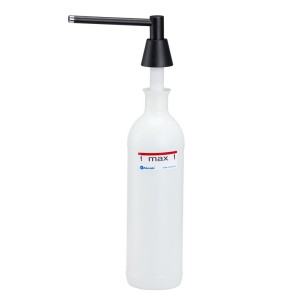

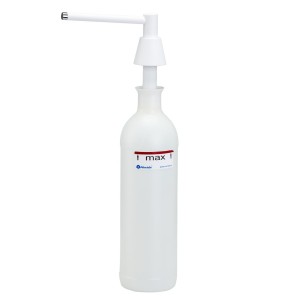
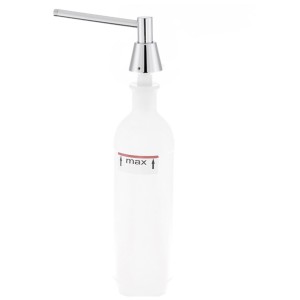
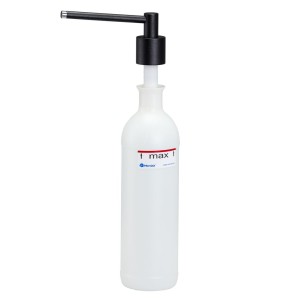
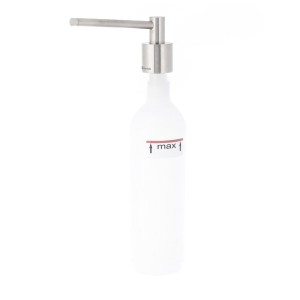
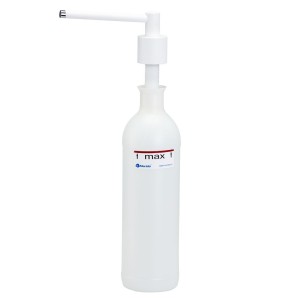
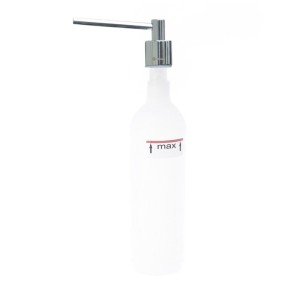
 Built-in liquid soap dispensers offer an elegant and practical solution for commercial and public spaces where maintaining a clean and hygienic environment is essential. These dispensers are installed directly into the sink or countertop, ensuring a sleek and organized look while also saving space.
Built-in liquid soap dispensers offer an elegant and practical solution for commercial and public spaces where maintaining a clean and hygienic environment is essential. These dispensers are installed directly into the sink or countertop, ensuring a sleek and organized look while also saving space.